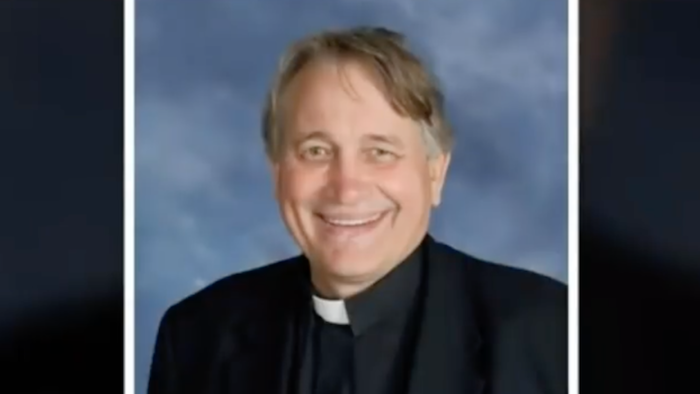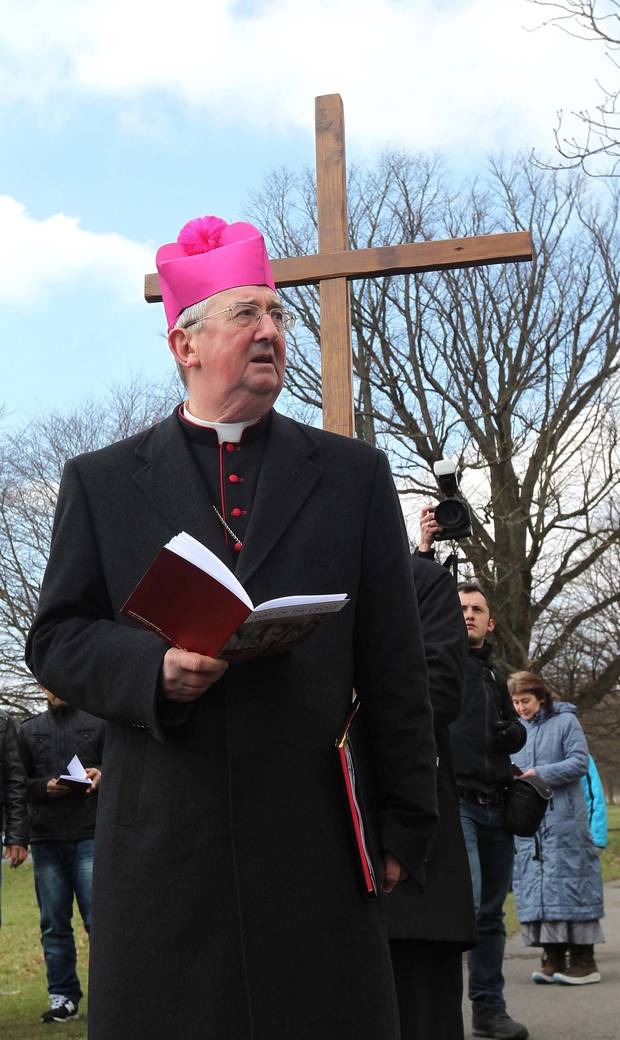
by Robert Mickens
The Catholic Church is being rocked — again — by high-level sexual abuse scandals, with allegations in recent weeks surfacing in Chile, Honduras and the District, home to Cardinal Theodore McCarrick, a once-super-popular cleric who is facing accusations by five males of harassment or abuse.
And again, people say they are shocked and outraged, which shows how Catholics still refuse to see that there is an underlying issue to these cases. It is the fact that almost all of them concern males — whether they are adolescents, post-pubescent teens or young men.
And while no adult who is of sound psychosexual health habitually preys on those who are vulnerable, there is no denying that homosexuality is a key component to the clergy sex abuse (and now sexual harassment) crisis. With such a high percentage of priests with a homosexual orientation, this should not be surprising.
But let me be very clear: psychologically healthy gay men do not rape boys or force themselves on other men over whom they wield some measure of power or authority.
However, we are not talking about men who are psychosexually mature. And yet the bishops and officials at the Vatican refuse to acknowledge this. Rather, they are perpetuating the problem, and even making it worse, with policies that actually punish seminarians and priests who seek to deal openly, honestly and healthily with their sexual orientation.
McCarrick’s case made me think of that of the late Scottish Cardinal Keith O’Brien, who in 2013 was removed from ministry after the surfacing of reports that he’d harassed and been involved with seminarians. That year, cardinals picked a pope, and O’Brien stepped back – or was pulled back by higher-ups.
Something I wrote then comes to mind amid the McCarrick scandal: O’Brien should not have recused himself from voting in the pope-picking “conclave,” as “only a naif could believe that he is the only man among the electors who has broken his solemn promise to remain celibate,” I wrote in the March 9, 2013, edition of the Tablet. “There are likely others. And even those who’ve done worse,” I warned.
Our problem in the Church is of the abuse of power, an abuse that happens as a result of homophobia that keeps gay men in the closet, bars them from growing up and results in distorted sexuality for many gay priests. We need to address this elephant in the rectory parlor.
Had O’Brien attended the 2013 conclave, I believe he could have looked several of his red-robed confreres who have also “fallen below the standards” directly in the eyes.
This is not to justify his conduct, but rather to say that the hypocrisy must end.
Incredibly, there are still priests and bishops who would deny or profess not to know that there are any homosexually oriented men in the ordained ministry. O’Brien and many other priests and bishops who have engaged in sex with men would probably not even identify as gay. They are products of a clerical caste and a priestly formation system that discourages and, in some places, even forbids them from being honest about their homosexual orientation.
Sadly, many of these men are or have become self-loathing and homophobic. Some of them emerge as public moralizers and denouncers of homosexuality, especially of the evil perpetrated on society by the so-called gay lobby. Unfortunately, O’Brien was, at times, one of the more brazen among them.
The Vatican knows all too well that there are large numbers of priests and seminarians with a homosexual orientation. But rather than encourage a healthy discussion about how gays can commit themselves to celibate chastity in a wholesome way, the Church’s official policies and teachings drive such men even deeper into the closet.
And like any other dark place lacking sunlight and air, this prevents normal development and festers mold, dankness, distortion and disease. Nothing kept in the dark can become healthy or flourish.
As recently as 2005, just a few months after the election of Benedict XVI, the Vatican issued a document that reinforced the “stay in the closet” policy by saying men who identified as gay should not be admitted to seminaries.
In fact, one of the prime authors of that document — Monsignor Tony Anatrella, a priest-psychotherapist from Paris — was recently stripped of his priestly faculties after being credibly accused of abusing seminarians and other young men in his care.
And yet there are gay priests who have found a way to wholesome self-acceptance of their sexuality. Some of them are sexually active, but many live celibately. Arguably, they are among the best and most compassionate pastors we have in our Church.
Their more conflicted gay confreres — and all gay people, indeed the entire Church — would benefit greatly if these healthy gay priests could openly share their stories. But their bishops or religious superiors have forbidden them from writing or speaking publicly about this part of their lives.
This, too, only encourages more dishonesty and perpetuates a deeply flawed system that will continue to produce unhealthy priests.
O’Brien admitted he was sexually active with adults.
Some of the things O’Brien’s three accusers alleged he did to them (similar to some of the accusations against McCarrick) certainly fall under the category of sexual harassment. And because these alleged actions occurred with people in his charge when he was a seminary official or bishop, they constitute an abuse of power.
But this should not be confused with the sexual abuse of minors, which some people have deliberately tried to do.
That, by the way, is just another effort to refuse to deal with the issue of homosexuality and a clericalist, homophobic culture in the Church.
Complete Article ↪HERE↩!








